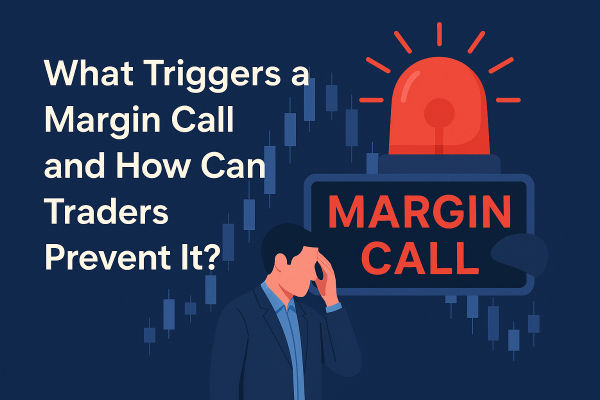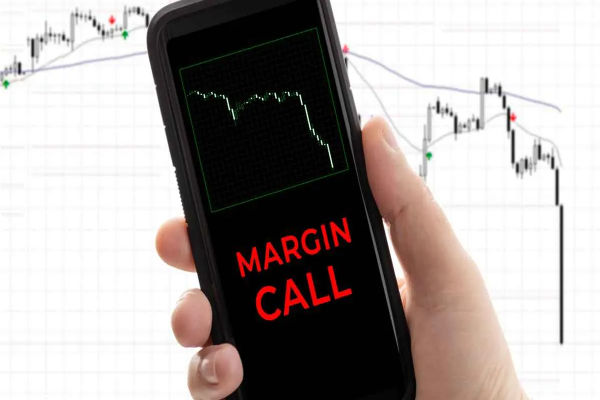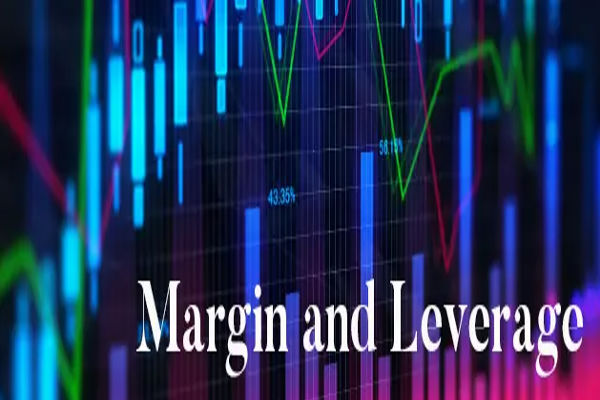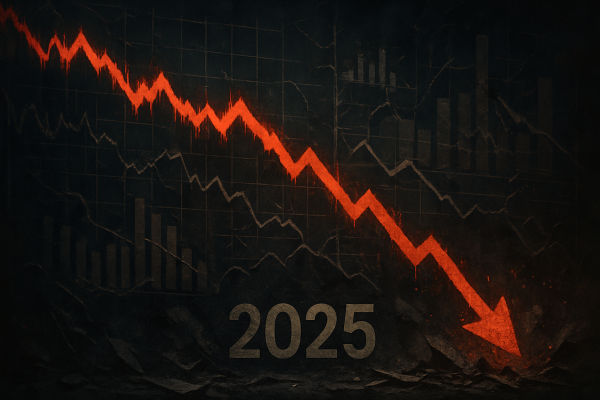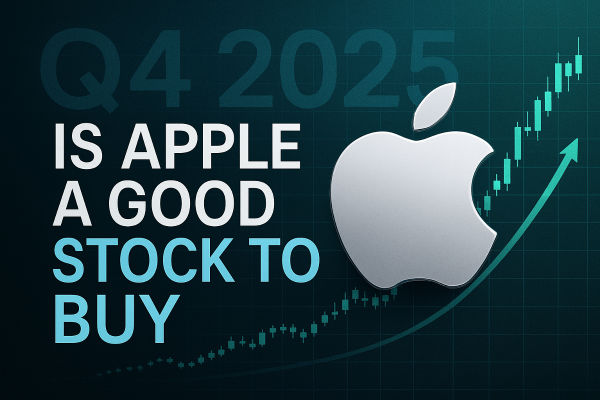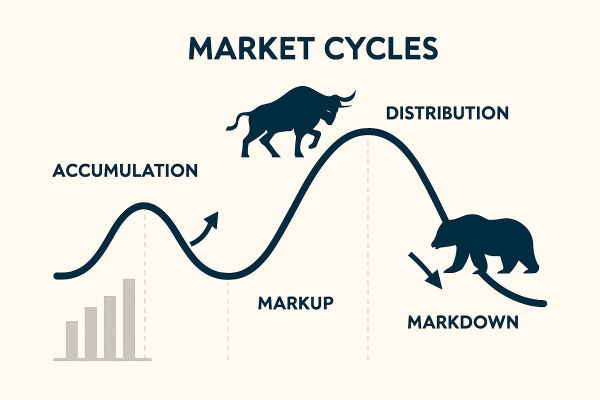Imagine driving fast down a winding road. The thrill is real, but so is the danger if you lose control. Trading on margin works much the same way. It gives traders the power to control large positions with a fraction of the capital, but that same leverage can quickly turn against them when the market moves the wrong way.
A margin call is the flashing red warning light of that system. It’s your broker’s way of saying you’ve run out of safe room. When your account equity drops below a required threshold, the broker demands that you deposit more funds or close positions to restore balance. Failing to act can result in automatic liquidation of your trades.
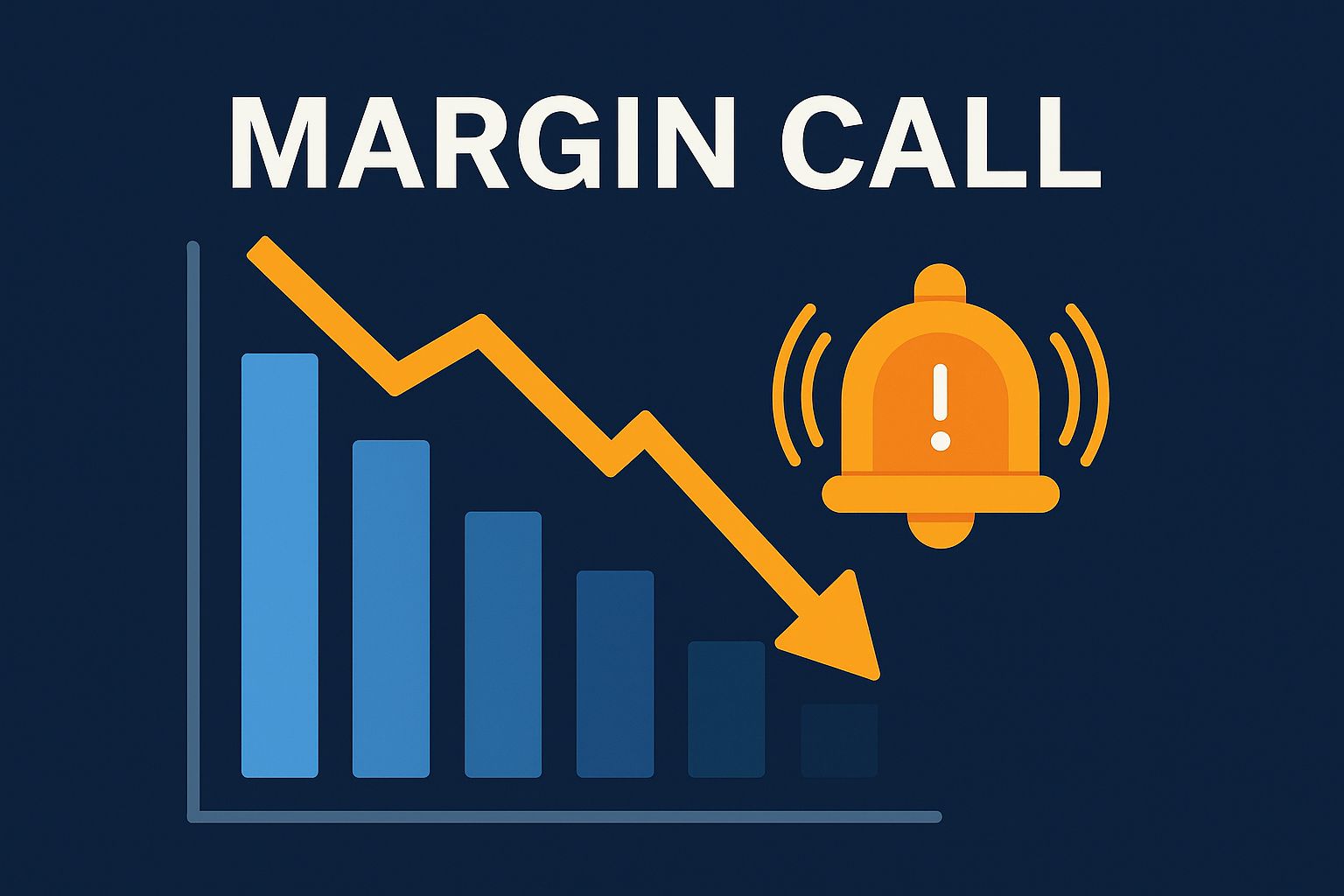
What Is a Margin Call?
A margin call occurs when your account equity (your balance plus or minus unrealised profits or losses) falls below your maintenance margin. This means the funds available in your account are no longer enough to keep existing trades open.
For example, if a broker requires 50 percent maintenance margin and your equity falls to 45 percent due to market losses, a margin call is triggered. The broker will notify you to deposit more money or close some positions to reduce risk.
How Margin and Leverage Work
To understand margin calls, it’s important to first understand leverage. Leverage allows you to open positions larger than your account balance. For instance, with 100:1 leverage, a trader can control a $100,000 position with only $1,000 of margin.
There are three key terms to remember:
Used Margin: The amount locked to maintain open trades.
Free Margin: Funds left available to open new trades or absorb losses.
Margin Level: The ratio of equity to used margin, expressed as a percentage.
When your margin level drops too low, the broker’s system intervenes.
What Triggers a Margin Call?
Several factors can trigger a margin call, often in combination:
Excessive Leverage
Higher leverage magnifies both gains and losses. A small adverse move in price can wipe out available margin quickly.
Example: With 200:1 leverage, a 0.5 percent drop in the market could erase the usable margin in a highly leveraged position.
Large Position Sizes
Opening positions that are too large relative to account balance increases exposure. Even a slight market reversal can force the account below margin requirements.
High Market Volatility
Events such as inflation data releases, central bank decisions, or geopolitical tensions cause price spikes. Sudden swings can trigger stop-outs before traders can react.
Overnight Gaps
When markets reopen after a weekend or major event, prices may jump beyond stop-loss levels. This can lead to unexpected losses that consume available margin instantly.
Ignoring Risk Management
Traders who fail to set stop-loss orders or use all available margin for new trades leave no buffer for market fluctuations.
Real-World Example: Margin Calls During the 2020 Oil Crash
In April 2020, US crude oil futures briefly fell below zero for the first time in history. Many retail traders using CFDs or futures were caught on the wrong side of the trade. Prices dropped faster than margin levels could adjust, triggering margin calls and forced liquidations worldwide.
This event showed how extreme volatility, combined with leverage, can wipe out accounts within minutes. Brokers and regulators later adjusted margin requirements for commodities to reduce future risks.
How Brokers Handle Margin Calls
Each broker has its own margin policy, but the general process follows these stages:
Warning Level (Margin Call): When your margin level falls below a set percentage, typically around 100 percent, the broker alerts you to add funds or close trades.
Stop-Out Level: If the margin level drops further, often around 50 percent, the broker automatically closes the largest losing positions to protect remaining funds.
Account Liquidation: If the situation worsens, all open positions are closed to prevent a negative balance.
For example, if your account has $2,000 equity and $1,800 used margin, the margin level is 111 percent. If market losses reduce equity to $1,000, the margin level becomes 55 percent, potentially triggering automatic closure.
How Traders Can Prevent Margin Calls
Use Moderate Leverage: Choose leverage that matches your experience and risk tolerance. Even though brokers may offer up to 200:1 or 500:1, using lower leverage (like 20:1 or 50:1) provides a safety cushion.
Set Stop-Loss Orders: Stop-losses act as automatic risk controls. They help cap losses and protect free margin during volatile conditions.
Diversify Trades: Avoid overexposure to a single asset or direction. Diversification spreads risk and stabilises equity.
Monitor Margin Levels Frequently: Keep an eye on your margin percentage and free margin. Most platforms show live updates so traders can act before a margin call occurs.
Plan for Volatility: During high-impact events like CPI announcements or Federal Reserve meetings, consider reducing position sizes or closing trades temporarily.
Avoid Trading During Low Liquidity Hours: Thin markets, such as after-hours or holidays, increase slippage and the risk of sudden margin drops.
Case Study: Margin Call Prevention in Practice
During the 2022 crypto market downturn, traders using high leverage on Bitcoin CFDs faced widespread margin calls. Bitcoin’s 20 percent drop in a single day caused mass liquidations.
Traders who had used conservative leverage (below 10:1) or implemented stop-losses managed to survive the crash. Those who used 50:1 or higher leverage saw entire accounts wiped out. This highlighted that leverage is a double-edged sword and must be treated with respect.
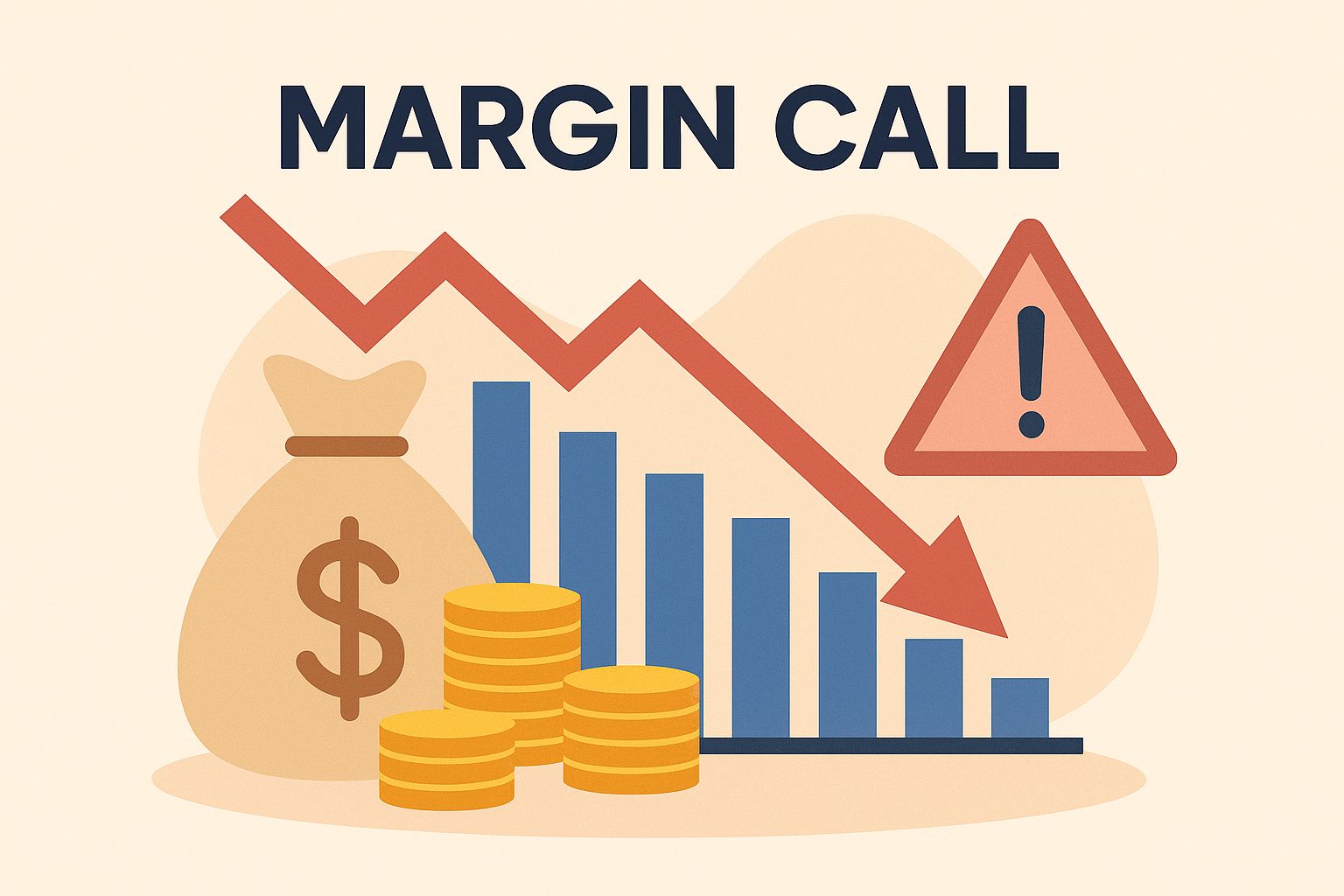
Common Myths About Margin Calls
Myth 1: Margin calls only happen to beginners.
Fact: Even experienced traders can face them if they overexpose during volatile markets.
Myth 2: Brokers profit from margin calls.
Fact: Brokers close trades to protect both parties, not to generate extra profit.
Myth 3: Adding more funds always solves the problem.
Fact: Depositing more money may delay liquidation, but without strategy changes, the issue can repeat.
FAQs About Margin Calls
Q1. How much warning do I get before a margin call?
Most brokers send automated alerts via email or trading platforms when your margin level approaches the call threshold. The timeframe depends on how fast the market moves.
Q2. Can I still trade after receiving a margin call?
You can open new trades only if you have sufficient free margin. Otherwise, your focus should be on closing or funding existing positions.
Q3. Can I lose more than my deposit in a margin call?
In some cases, yes. Sudden market gaps can cause losses beyond deposited capital, though many brokers now offer negative balance protection to limit this risk.
The Big Picture
A margin call is not just a penalty, but a risk control mechanism that keeps trading systems stable. It protects traders from deeper losses and ensures brokers can manage overall exposure. Understanding how margin, equity, and leverage interact transforms margin calls from surprises into manageable events. Successful traders use them as reminders to stay disciplined and to manage risk, not as disasters.
Mini Glossary
Margin: The amount of money required to open a leveraged trade.
Equity: Account balance plus or minus current profit or loss.
Leverage: The ability to control a larger position with smaller capital.
Free Margin: Available funds for new positions or to absorb losses.
Stop-Out Level: The point at which brokers automatically close trades to prevent further losses.
Disclaimer: This material is for general information purposes only and is not intended as (and should not be considered to be) financial, investment or other advice on which reliance should be placed. No opinion given in the material constitutes a recommendation by EBC or the author that any particular investment, security, transaction or investment strategy is suitable for any specific person.
